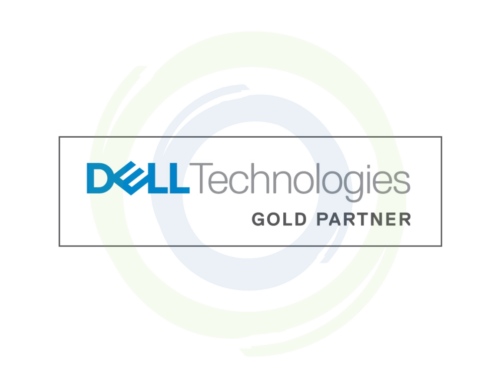AMD announced the new Zen 2 processors in November 2018, wowing users with a chip two times the density of their previous generation, the Zen+.
The move to Zen 2 from Zen+ has meant a move from the first desktop processor on a 12 nm process node to 7 nm. This allows AMD to cut power consumption in half and boost performance by 25%. The new Zen 2 processor is slated for a release later this year.
While known as “Zen,” the processors are branded for desktop and mobile computing as Ryzen and branded EPYC for servers. AMD started designing the Zen architecture in 2012, starting at 14 nm with and going down to 12 nm with the Zen+. Rather than moving to 10 nm, AMD pushed down to 7 nm, providing a bigger performance boost from the previous generation.
Along with the powerful new advancements, AMD is creating a scalable structure. AMD is using a 7 nm die for chiplets and a 14 nm die for input/output (I/O) from their Ryzen mobile processors up to their EPYC chips for servers and data centers.
Key Advancements for the EPYC Processor Core Microarchitecture
- 2X Performance per Socket
- 4X Floating Point performance per socket
- Previous gen socket compatible
- Forward compatible with next-gen Milan platform that supports PCI Express 4 connectivity
- Improved branch prediction
- Better instructions prefetch
- Re-optimized micro-op instruction cache
- Increased the size of the micro-op cache
- Doubled floating point width to 256-bit
- Doubled load store bandwidth
- Increased dispatch and retire bandwidth
- Results in maintained high throughput for all modes
Source: HotHardware https://hothardware.com/news/amd-7nm-epyc-server-processors-rome
How Zen 2 Stacks Up Against the Competition
Intel, the closest and only real competitor in the market as of today, is still selling 14 nm processors. While 10 nm is on the horizon for Intel, that horizon is still far away. In comparison, a 7 nm chip has double the transistor density of a 14 nm chip. Other competitors like VIA are nowhere near AMD’s 7 nm processor. Zhaoxin, a CPU manufacturer for the Chinese market, is working with VIA on a competitive processor that is expected to launch in 2019.
AMD has been taking over market share with announcements from Oracle and Amazon Web Services that they will start using EPYC CPUs. Amazon Web Services also has a partnership with Intel, so perhaps they’re hedging their bets. License deals with most of the major cloud vendors and server vendors, like Cisco, Dell, HPE and Lenovo, have also been announced.
What Are They Going to Do Next?
Along with announcing Zen 2, AMD also announced plans for Zen 3, set to be released in 2020. Zen 3 is planning to use the 7 nm node, so we’ll have to wait and see what they are able to do.


